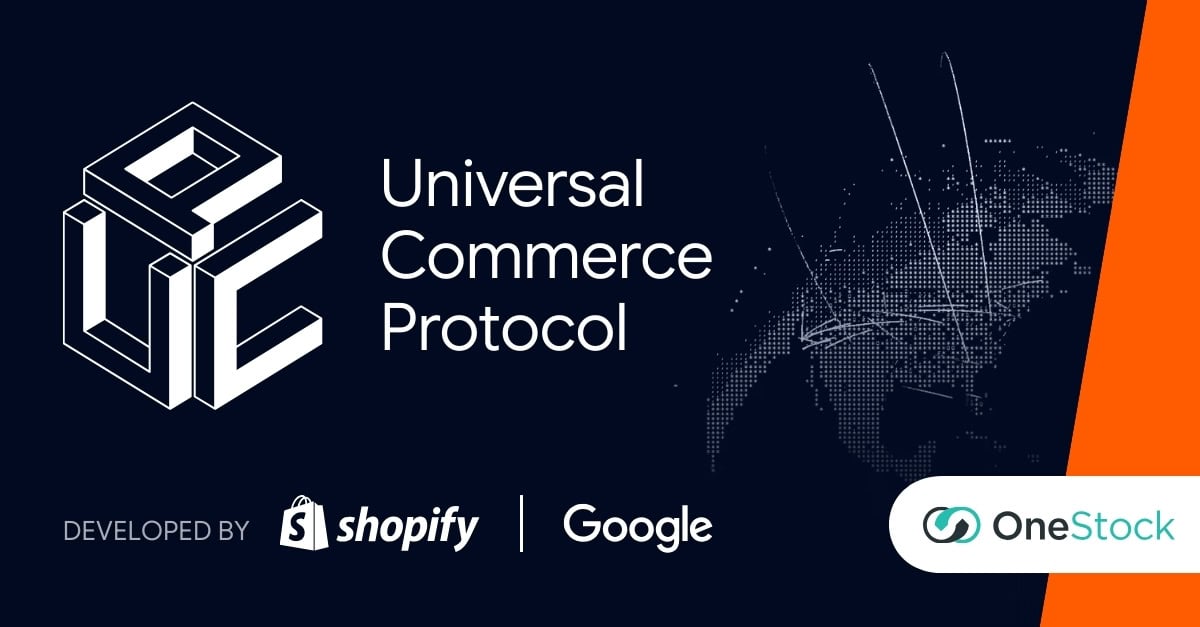
Future stock: sell more and stock less thanks to omnichannel solutions
Maximizing revenue whilst minimizing inventory is one of the main goals for retailers. While this may seem difficult at first, creating a unified commerce experience, as well as implementing omnichannel solutions, allows retailers to achieve this goal.
Optimizing stock management using an Order Management System
Being omnichannel is a major first step towards maximizing revenue whilst minimizing inventory. Indeed, thanks to the Order Management System (OMS), all stock becomes available anywhere:
- Store stock becomes marketable on the web or on marketplaces thanks to Ship from Store.
- Stock in the warehouse or elsewhere in the brand network becomes marketable in stores thanks to Order in Store.
These two omnichannel solutions are essential for taking advantage of existing stock and optimizing the flow. However, it is still possible for items to be out of stock in the network, thus preventing sales.
Expand the omnichannel offer by using future stock to extend the catalogue
In an omnichannel context, the Order Management System intelligently orchestrates orders by selecting the best stock point to serve the customer. When there is a stockout situation within the sales network, here are the possible solutions:
Anticipate shortages better by ordering more stock earlier. The downside to this approach is that sales forecasts are never perfect, and there is a risk of ending up with unsold stock at the end of a season.
Reorder as soon as an item is out-of-stock and make it available for immediate sale. For items that are not guaranteed to sell, it is possible to reorder once nearly all the stock has been sold. Thus, in the case where items are temporarily out of stock, rather than preventing potential customers from making a purchase, it is possible to sell them the stock that has been reordered. It is therefore necessary to be highly responsive when reordering, so that all items remain available for sale online or in store (Order in Store). In this case, the customer should be informed of the delivery time and can choose to wait to receive their item rather than being unable to make a purchase.
The advantage for the customer is obvious: a greater choice of products as well as the possibility of immediately ordering an item that will be delivered on the date indicated. The customer no longer needs to wait for the item to become available on the website again to place an order.
From the retailer’s perspective, an out-of-stock product can be back on sale as soon as the order is validated with the supplier and it is possible to market the items in transit even before they have been received. Upon receipt of the stock, all that remains is to ship the items to the customers and deduct those quantities already sold from the inventory. With more items available for sale, less handling, and less inventory, this is a winning equation!
The extension of the catalogue can go much further: it is possible to sell items that can be ordered from a supplier and delivered within a defined time frame, even before ordering. Thus, if customers are interested in these items, the merchant places an order with the supplier and the items are delivered to the customers upon receipt into the warehouse (or store). Unlike drop-shipping, in this scenario the supplier does not deliver to the customer directly, so there is no change of contract to manage. Orders placed with the supplier are destined only for the warehouse or stores.
This vision of future stock makes it possible to add many products to the catalogue. This enlarged catalogue strengthens the customer’s attachment to the brand, as they are able to find the items of their choice there.
From a marketing perspective, the ranking of the e-commerce site on search engines (SEO) is improved, because of the enlarged offer and catalogue.
Finally, the risk for the retailer is minimal, as the purchased stock is already sold! It is also a great way to test new products and get them onto the inventory if they are successful.
If stock unification is the first step towards becoming omnichannel, the integration of future stock completes the process. Stockouts will be a distant memory. The extension of the catalogue makes it possible to reduce the physical stock level without the fear of shortages, as well as to increase the number of items available for sale, and thus, to sell more!


